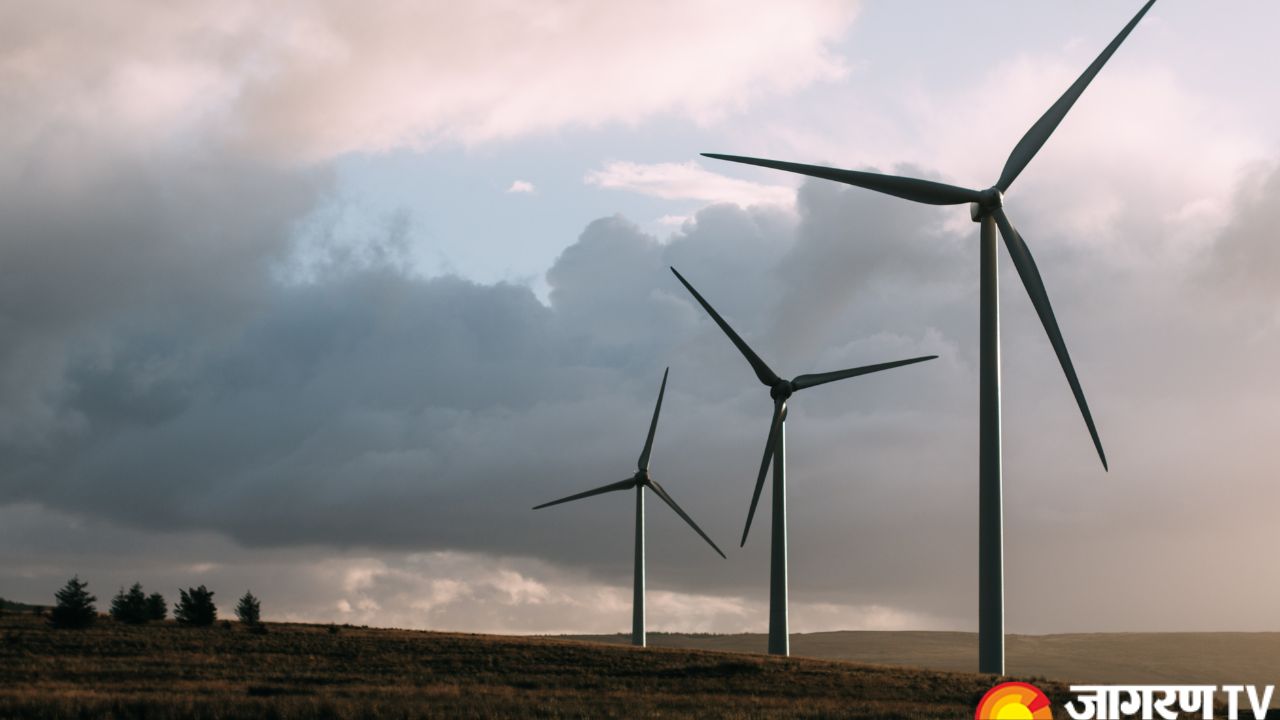World Wind Day 2025: Role of Wind Energy in Sustainable Development, Know its Positive Impact on the Environment

World Wind Day 2025: Global Wind Day, held annually on June 15th, celebrates the power of wind energy and its huge potential to change our world’s energy systems. This global event, launched by the European Wind Energy Association (EWEA) in 2007 and expanded to a global event in 2009 with the cooperation of the Global Wind Energy Council (GWEC), serves as a timely reminder of the critical need to transition to clean, renewable energy sources.
Global Wind Day History
Global Wind Day was started to promote awareness about wind energy and its several benefits. It started as a European project and swiftly gained global traction, becoming a well-known platform for education, campaigning, and celebration. Every year, communities, industry leaders, governments, and environmental activists join hands to highlight wind energy’s role in achieving a cleaner, more sustainable future.
Need to Celebrate Global Wind Day
Global Wind Day is very important in today’s world, which is currently grappling with both climate change and energy security.
-
With increasing environmental deterioration and a looming climate crisis, the day emphasises the crucial need to transition away from fossil fuels and towards sustainable energy options.
-
Wind power is widely regarded as one of the world's fastest-growing and most cost-effective sources of electricity, allowing countries to decarbonise their systems quickly and economically.
-
Wind energy increases national energy independence by reducing dependency on imported fossil fuels while also providing security against uncertain global markets and geopolitical shocks.
-
The wind sector produces jobs, boosts local economies, and promotes sustainable development, paving the way for a greener, more affluent future.
Role of Wind Energy in Sustainable Development
Wind energy is crucial in achieving the United Nations Sustainable Development Goals (SDGs), especially those relating to clean energy (SDG 7), climate change (SDG 13), and sustainable cities (SDG 11). It provides a renewable, limitless, and non-polluting source of power, making it a critical component of a resilient and environmentally responsible energy system.
Wind turbines provide electricity without using water or generating greenhouse gases, considerably reducing the environmental impact of energy production. With developments in offshore and onshore wind farms, even areas with limited land space can successfully utilise this energy source. Wind power also reduces reliance on imported fossil fuels, so it increases national energy independence and price stability.
Environmental Benefits of Wind Energy
The environmental advantages of using wind energy are significant and far-reaching.
Zero Carbon Emissions
Wind turbines create power without burning fuel, resulting in zero CO₂ emissions during operation.
Reduced Air Pollution
Wind energy, by substituting fossil fuel-based power facilities, helps to reduce air pollutants such as sulphur dioxide and nitrogen oxides.
Water Conservation
Wind turbines, unlike thermal power plants, do not require water for cooling, hence conserving freshwater resources.
Biodiversity Support
Wind farms can be placed and designed in a way that minimises their impact on wildlife and ecosystems, making them a more environmentally friendly option.
Land under wind farms is frequently used for agriculture or grazing, allowing for dual land use.









